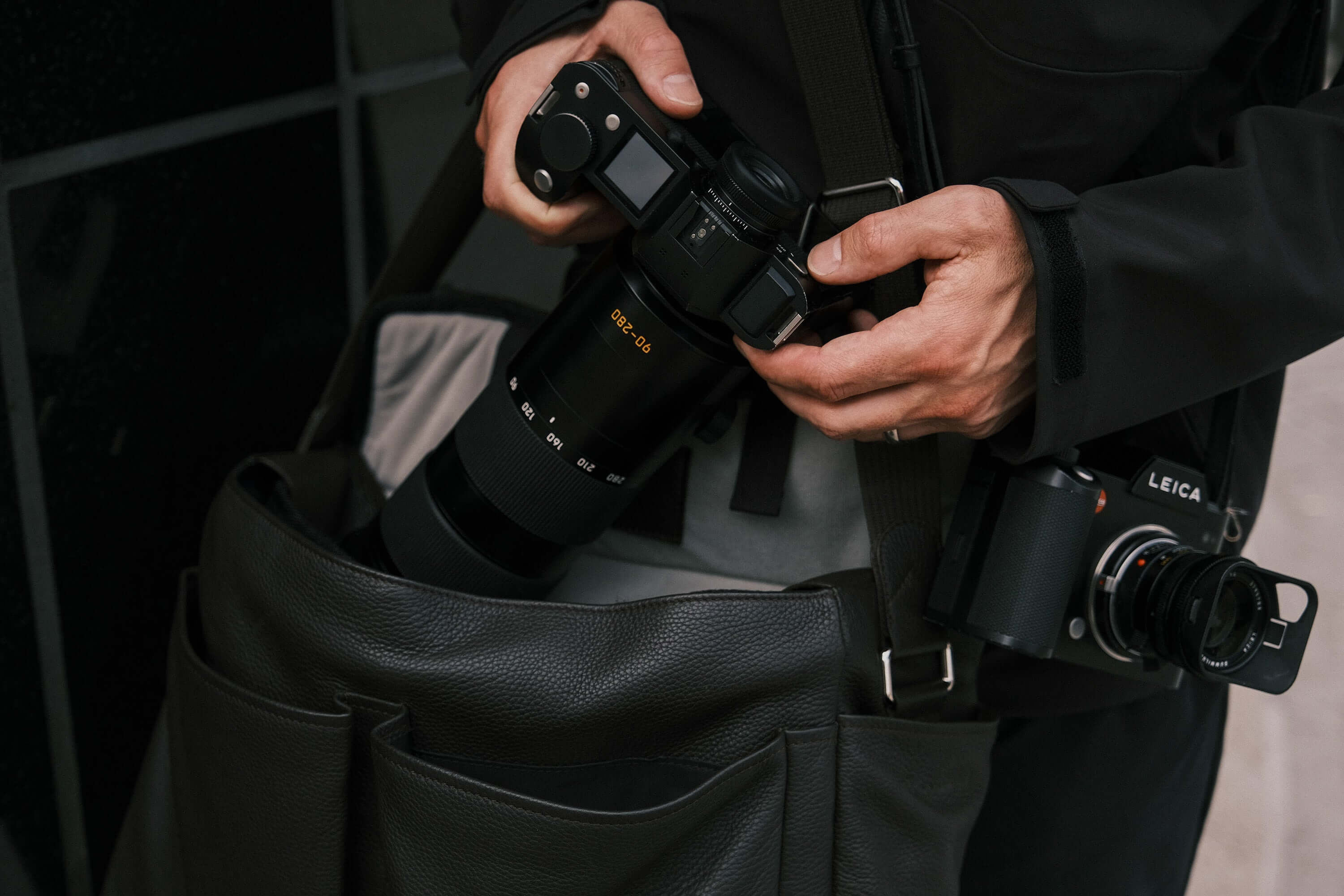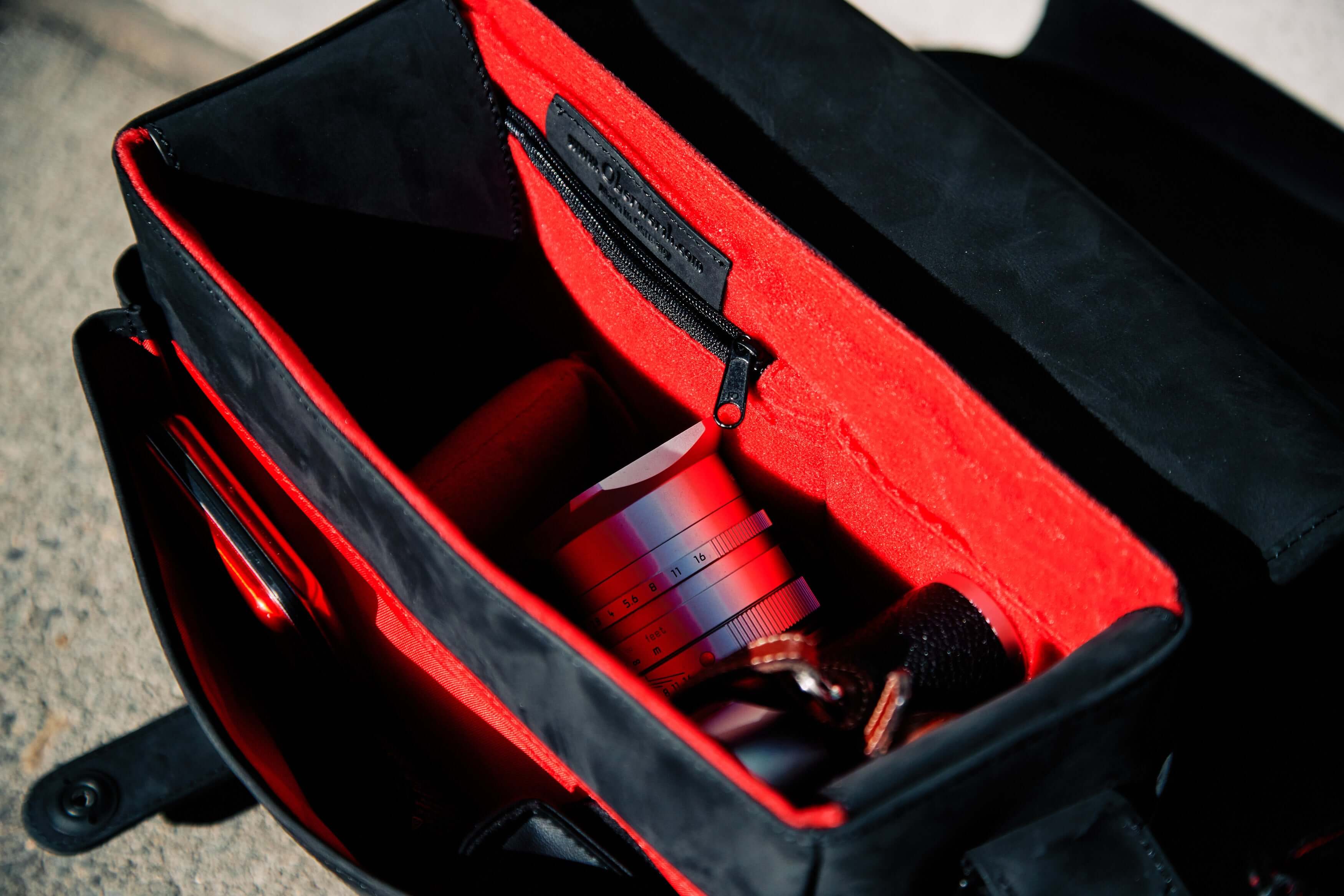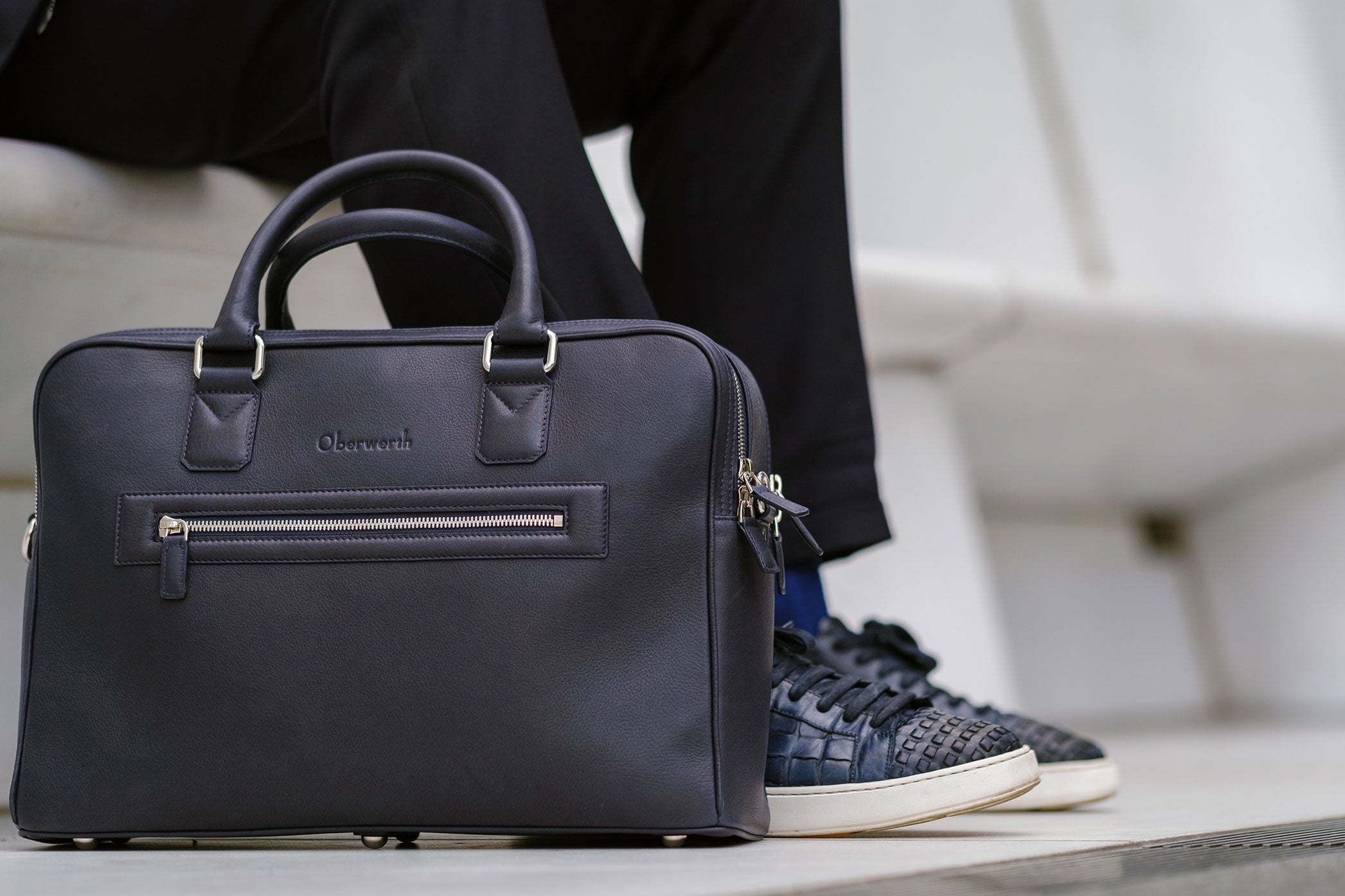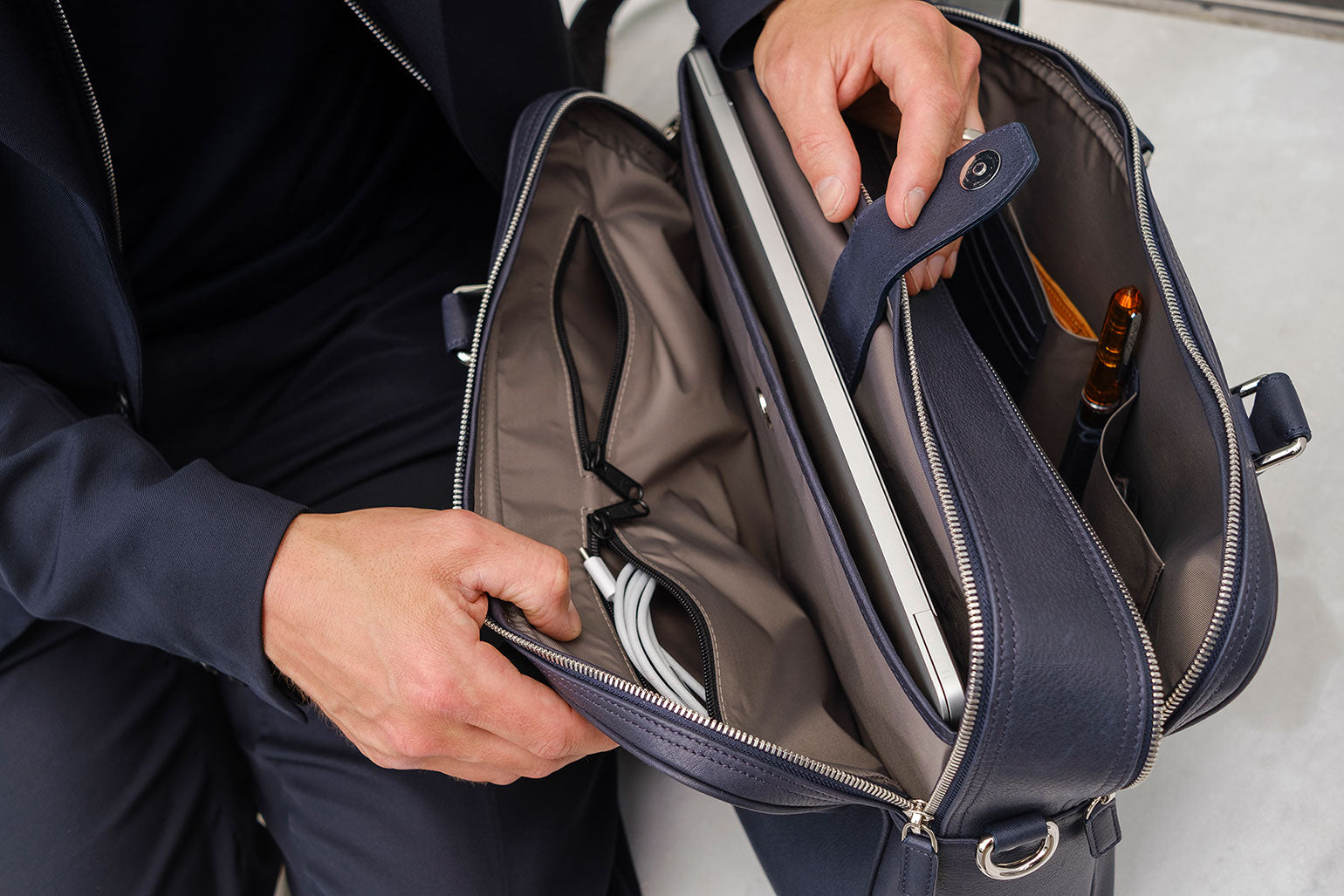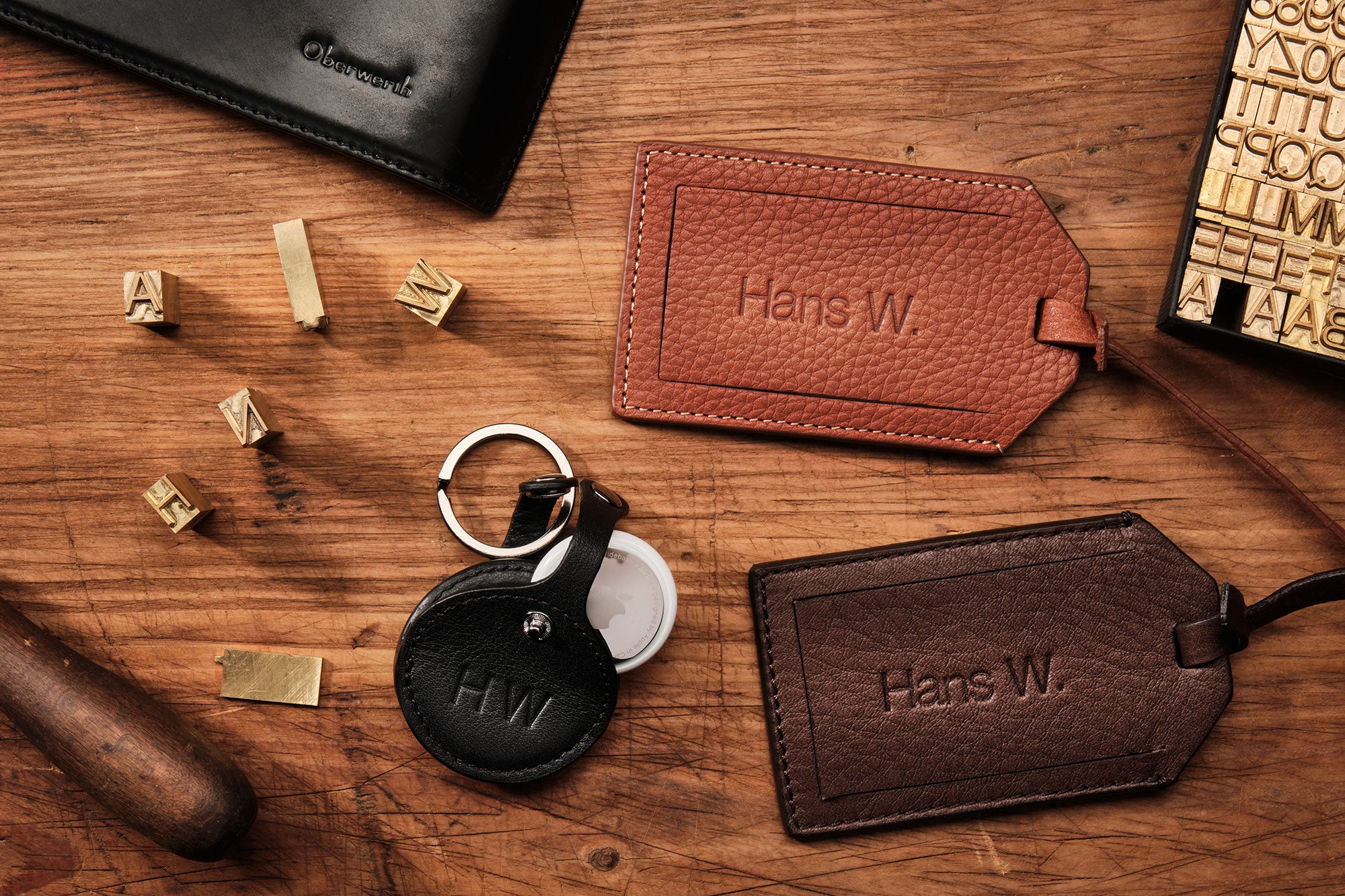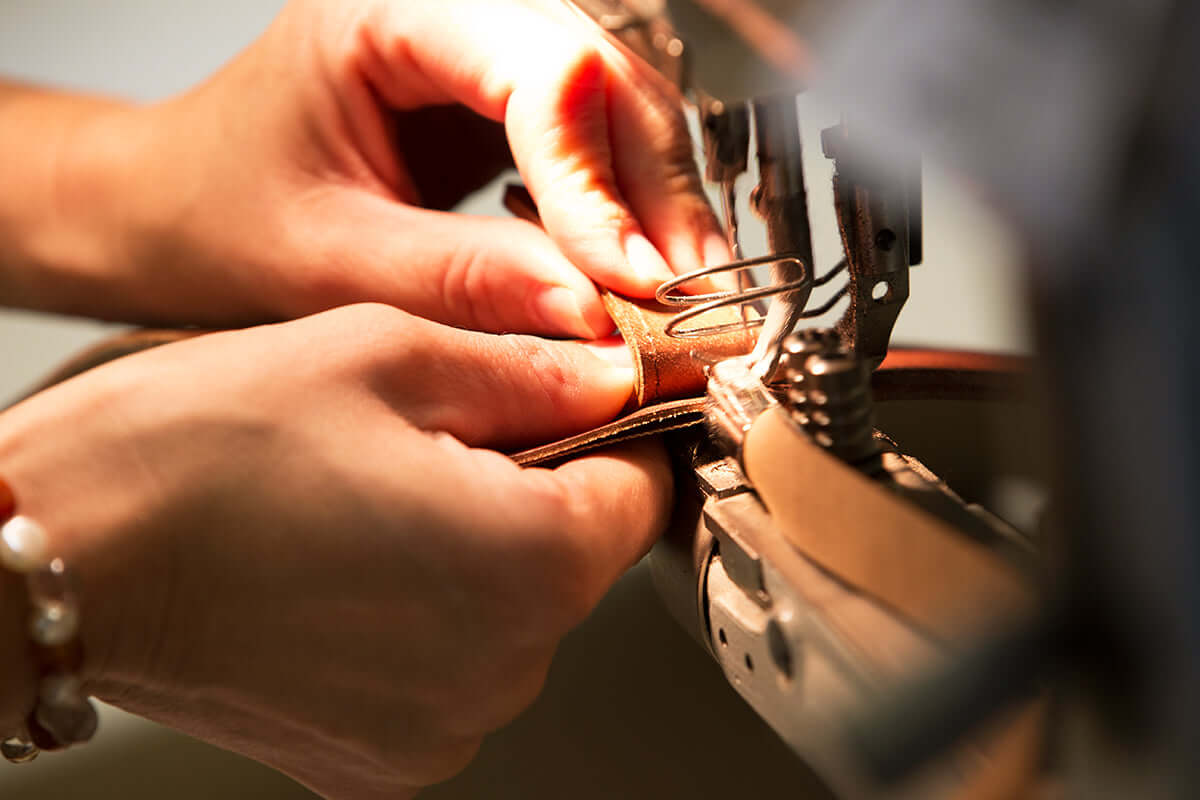
Portraits made easy: A guide to using the Leica S3 for portrait photography
The Leica S3 is a camera known for its outstanding image quality. Leica embodies craftsmanship with a stylish design. The following Leica S3 portrait guide will help you to use your Leica S3 successfully for portraits.
Portrait photography with Leica S3 - the most important steps at a glance
Outstanding images and high-quality portraits are only possible if the photographer has the right know-how and the right settings. The following steps should therefore help you to approach the perfect setting.
1. the basics: getting to know the Leica S3 and its performance spectrum
Before you can successfully use the Leica S3 for portraits, you should understand the basics of the camera. The Leica S3 is a medium format camera with a 64 megapixel sensor and an impressive level of detail. It takes a little practice to realize the full potential of this camera.
2. choose the right lens
The choice of lens plays a decisive role in portrait photography. With the Leica S3, high-quality Leica S lenses are available that have been specially developed for the medium format class. A lens with a focal length between 70 mm and 120 mm is ideal for portraits, as it offers a natural perspective and a pleasant background blur.
3. focus on the expression: creating portraits
A key focus of portrait photography with the Leica S3 is on capturing emotions and facial expressions. Therefore, use the camera's manual setting options to focus specifically on the model's eyes, for example. In this step, experiment with different angles and backgrounds to find the perfect setting.
4 Focus on the light and exposure
Playing with light and shadow is crucial for impressive portraits. The Leica S3 offers outstanding performance in difficult lighting conditions. Thanks to these ideal technical starting conditions, you can use the natural incidence of light or experiment with artificial light and reflectors. Hitting the right mood requires a little practice. It is best to try out different settings to create the desired mood tone.
You can also find the right camera bag for your equipment and everything you need to protect your camera in our Oberwerth Shop. From classic camera bags to modern sling bags up to noble photo weekenders and backpacks. Of course you will also find hand straps and shoulder straps. Finest craftsmanship made from the best materials. Take a look around and find the bags & accessories that best suit you and your equipment!
5. black and white portraits with the Leica S3
The Leica S3 not only enables brilliant color shots, but is also ideal for creating impressive black and white portraits. Here you can use the camera's monochrome setting to emphasize deep contrasts and fine details in facial features. This gives the portraits a timeless and artistic touch.
6. post-processing - the finishing touches for perfect portraits
Image editing is an important step after taking the photo. You should therefore use an image editing program to optimize the colors and adjust the contrasts. Small imperfections in the face can also be corrected in this way. The Leica S3 offers perfect conditions for this: It works with RAW files of the highest quality, guaranteeing you optimum image quality.
Advantages of the Leica S3 for portrait photography
The Leica S3 is equipped with an advanced "Leica ProFormat Sensor" with 64 megapixel resolution. At 30 x 45 millimeters, the sensor has the aspect ratio of a 35 mm camera, but at the same time a 56 percent larger light-sensitive area.
Light control is crucial for outstanding image quality and the effect of a portrait. A larger sensor with a larger sensor area ensures that each individual pixel captures more light.
For this reason, Leica ProFormat offers the ideal mix of outstanding image quality and balanced compositional possibilities. Leica thus creates a broad spectrum of possible applications. This is the optimal balance between 35mm and classic medium format.
The sensor: the heart of portrait photography with the Leica S3
The sensor of the Leica S3 not only offers impressive resolution, but also a high dynamic range. With 15 f-stops, an unprecedented spectrum between light and shadow is possible. The sensor sensitivity reaches up to ISO 50000, allowing the Leica S3 to utilize every light source, no matter how small, and also offers the highest quality for concert photography. It is therefore not dependent on studio light for portraits. In addition to the optical viewfinder image, its CMOS sensor also offers video recording and Live View.
Tips for the right settings - the Leica S3 camera guide
- Aperture (f): The recommended setting for the aperture is a large aperture with a low f-number (e.g. f/2.8 to f/5.6) to create a shallow depth of field. This makes your subject stand out from the background and creates a pleasant blur.
- ISO setting: It is a good idea to start with a low ISO setting (e.g. ISO 100 or 200) to maximize image quality and minimize noise. In low light, you can adjust the ISO values, whereby the noise should be controlled.
- Shutter speed: A sufficiently fast shutter speed is recommended here to avoid motion blur. This is particularly important if you are working without a tripod. A shutter speed of around 1/125 to 1/250 of a second is suitable in most cases.
- Image profile: Various image profiles can be used with the Leica S3. Experiment with the different image profiles to achieve the desired color tone and contrast. You can choose between color and black and white.
- Focus mode: Single autofocus (AF-S) is ideal for precise focusing. The focus point should be in the model's eyes in order to focus on the most important element in the portrait.
- Exposure compensation: If necessary, you can use exposure compensation to adjust the brightness or contrast. This is particularly helpful in different lighting conditions.
- White balance: Adjust the white balance to the lighting conditions to obtain natural colors. In RAW format, you can adjust the white balance later in post-production.
- File format: The RAW format offers maximum flexibility in post-production. RAW files allow extensive adjustments to exposure, color and contrast.
The Leica S3 offers a wide range of possibilities to realize all photographic wishes in impressive portraits. Nevertheless, portrait photography requires a lot of practice. There are different perspectives (e.g. frontal perspective, half profile or three-quarter profile) and different lighting conditions as well as different settings for color and contrast. You can easily find the perfect Leica S3 setting for portraits with a little practice.
Conclusion - Portrait photography with the Leica S3
All the components of the Leica S3 are perfectly matched. From the sensor to the body to the lens, Leica offers the highest quality from Germany. The Leica S3 is the perfect choice for portrait photography. The camera's versatility is particularly impressive. With the right lens, the right tripod, the right settings and a little practice, you can create professional portraits.

